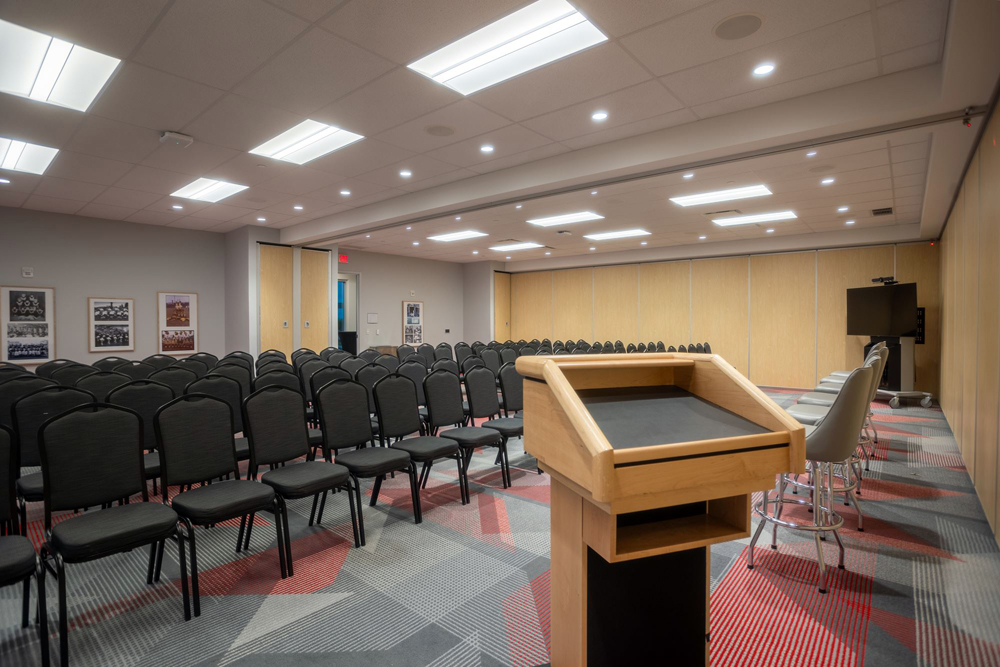Ever RSVP’d to an event with the best intentions, only to bail at the last minute? You’re not alone. In today’s hyper-connected world, committing to events and then not attending—a phenomenon we’ll call “no-show energy”—is becoming increasingly common.
The No-Show Phenomenon: A Growing Trend
Event organizers are feeling the sting of rising no-show rates. According to a recent study by Event Drive, for free in-person events, no-show rates can soar between 40% and 60%. Virtual events aren’t immune either, with an average no-show rate of 35%.
This trend isn’t just a logistical headache—it has real financial implications. Empty seats mean wasted resources, from catering to venue costs. For companies, this translates to lost revenue and diminished ROI on event investments. Which means less investment in future events.
Digital Overload: The Email Avalanche
Parallel to the rise in no-shows is the issue of email overload. The average professional receives between 61 and 200 emails per week, yet only about 10% are deemed business-critical . This deluge leads to important messages being overlooked or ignored.
A survey revealed that 74% of people feel overwhelmed by their email inboxes, with 44% spending hours clearing junk messages at work. This not only affects individual productivity, but it also hampers effective communication within organizations.
The Financial Toll on Businesses
The combined effect of no-shows and digital overload is a significant financial burden. Companies invest heavily in events and email marketing campaigns, expecting engagement and returns. However, with high no-show rates and low email open rates, these investments often fall short.
Moreover, the time employees spend managing overflowing inboxes—estimated at three to five hours per week—translates to substantial productivity losses.
Navigating the New Normal
To combat these challenges, businesses are adopting strategies like overbooking events to account for expected no-shows and implementing multi-channel communication approaches to reduce reliance on email.
Understanding and adapting to these evolving behaviors is crucial. By acknowledging the realities of “no-show energy” and digital overload, companies can develop more effective engagement strategies that resonate in today’s fast-paced, attention-scarce environment.
So, What Can You Do?
Let’s be real: life happens. But honoring your commitments—especially the ones you’ve RSVP’d to—can help foster a more respectful and reliable culture in both our personal and professional lives. Here are a few tips to manage your calendar and keep the ghosting to a minimum:
- Pause Before You RSVP – Don’t hit “yes” unless you’re genuinely interested and reasonably sure you’ll show up. A “maybe” or no response is better than a flake.
- Set Real Reminders – Add events to your calendar with travel time or prep time included. A pop-up five minutes before something starts won’t cut it.
- Communicate Early – Can’t make it? Let the organizer know ahead of time. A last-minute cancellation might still help them plan better or offer your spot to someone else.
- Be Mindful of Overcommitting – It’s okay to say no. In fact, it’s respectful. FOMO shouldn’t drive your schedule—energy and bandwidth should.
- Honor Your Word – Showing up isn’t just about attendance—it’s about trust. Following through sends a strong message that you value people’s time and effort.
As our inboxes keep overflowing and calendars fill faster than we can breathe, it’s easy to underestimate the ripple effect of a casual “no-show.” But a little intention goes a long way. For businesses, it means less waste. For communities, it means stronger engagement. And for individuals, it means keeping our word—and that’s something that still matters.

